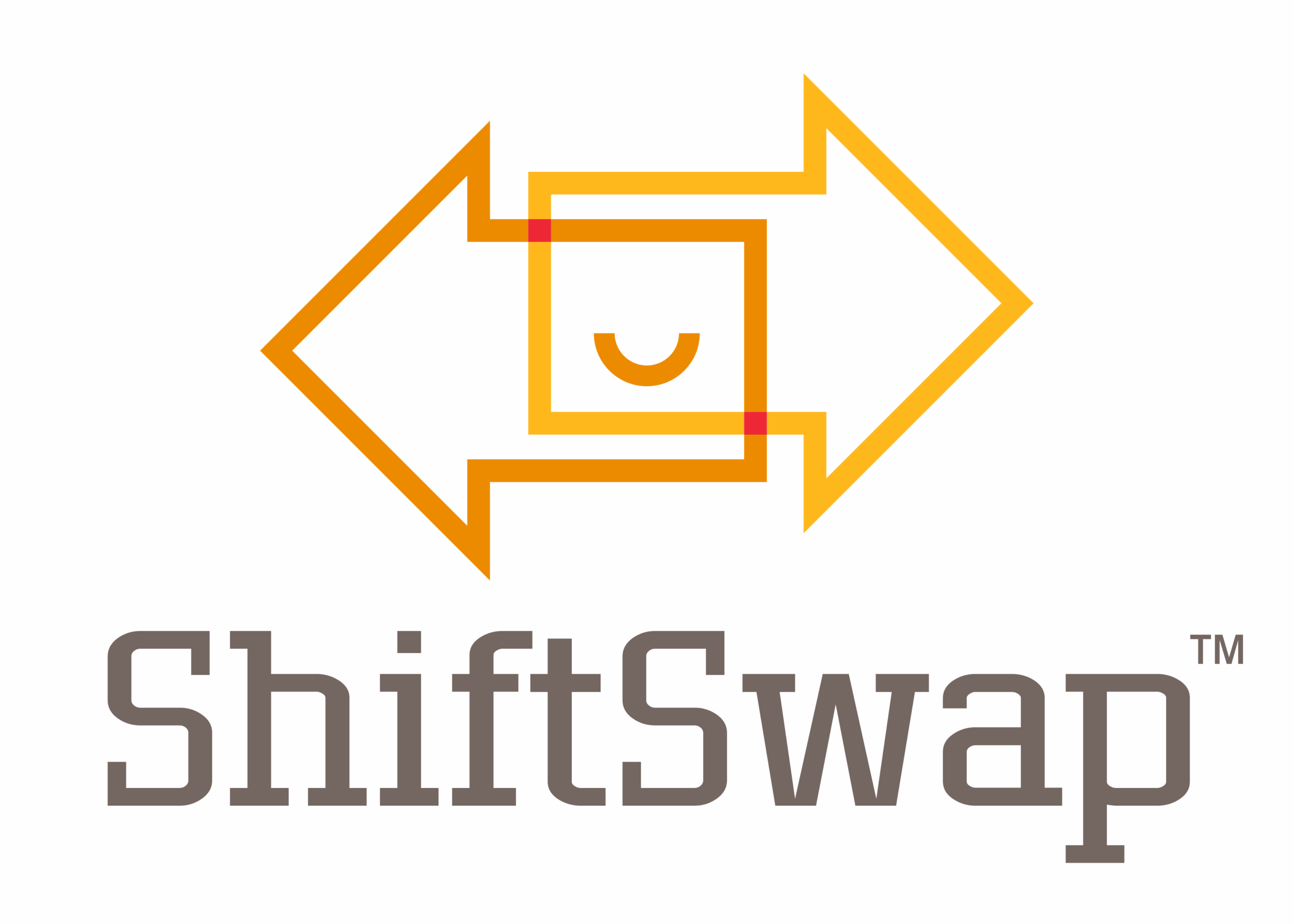Best Warehouse Staffing Models for Peak Season Demand Targets
Navigating peak season demand in warehouse operations is a complex challenge. Effective staffing models are crucial for meeting these demands while optimizing labor costs.
Flexible staffing solutions can help balance the workload and maintain employee satisfaction. This balance is key to ensuring operational continuity and achieving business goals.
In this guide, we explore the best warehouse staffing models. These models are designed to address peak season challenges, enhance efficiency, and support a satisfied workforce.
Understanding Peak Season Demand in Warehouse Management
Peak season presents unique challenges that demand strategic staffing adjustments. To successfully navigate these times, understanding demand fluctuations is paramount.
Warehouses must anticipate and respond to increased order volumes efficiently. This requires well-planned staffing strategies that align with these demands.
Consider these key factors for effective management during peak periods:
- Analyze historical data to predict demand spikes.
- Collaborate with sales teams for accurate forecasts.
- Monitor labor market trends for staffing insights.
By comprehensively understanding these aspects, warehouses can better prepare and optimize their operations.
Key Warehouse Staffing Models for Peak Season
Effective warehouse staffing during peak season requires flexible and strategic models. These models should cater to fluctuating demand while balancing costs and employee needs.
Flexible Staffing Models:
- Cross-Training Employees: Enabling workers to perform various tasks increases operational flexibility.
- Temporary Staffing Solutions: Hiring temporary staff can address short-term demand increases without long-term commitments.
- Seasonal Workforce: Integrating a mix of full-time and seasonal hires provides adaptability.
Collaborative Scheduling: Collaborative approaches can enhance employee morale. Engaging employees in scheduling decisions fosters satisfaction and retention. It ensures workforce alignment with business goals.
Technological Integration: Implementing workforce management software automates scheduling. This optimizes labor utilization and reduces manual errors. Predictive analytics can forecast demand, aiding in effective decision-making.
Understanding the benefits of different staffing models is critical. The right mix ensures operational continuity and employee engagement. Consider integrating strategic partnerships with staffing agencies for rapid hiring.
Evaluate past peak season performances to refine your staffing approach. Leverage these insights to create robust models that align with business objectives.
Optimizing Staffing Solutions: Technology and Data-Driven Approaches
Leveraging technology can transform warehouse staffing efficiency. It facilitates precise scheduling and workload management. Data-driven insights ensure staffing aligns with demand fluctuations.
Predictive analytics plays a vital role in workforce planning. It enables accurate forecasting, minimizing labor waste. Real-time data allows for swift staffing adjustments.
Key Benefits of Technology Integration:
- Automates scheduling, reducing manual errors.
- Enhances decision-making with real-time data.
- Optimizes labor use, improving cost-effectiveness.
Ultimately, technology empowers managers to make informed staffing decisions. It enhances both operational continuity and employee satisfaction. Integrating these solutions is crucial for peak season success.
Balancing Labor Costs and Employee Satisfaction
Achieving harmony between labor costs and employee satisfaction is essential. High labor expenses can erode profit margins, while dissatisfied employees impact productivity.
To maintain this balance, consider flexible work arrangements. They can adapt to varying demand and support employee preferences. Offering incentives for peak season work also improves engagement.
Strategies for Balancing Costs and Satisfaction:
- Implement flexible scheduling to match business needs and employee availability.
- Regularly review labor costs to align with budget constraints.
- Foster open communication to understand and address employee concerns.
Efficient balancing leads to improved morale and operational efficiency. Carefully crafted staffing models are key to achieving these outcomes.
Actionable Steps for Implementing Effective Staffing Models
Implementing effective staffing models requires a strategic approach. Begin by evaluating your current workforce capabilities and identifying gaps.
Develop a framework to streamline recruitment and onboarding processes for peak seasons. Use predictive analytics to forecast demand more accurately.
Practical Steps for Success:
- Assess past performance to guide future decisions.
- Introduce workforce management software to automate scheduling. Platforms like ShiftSwap™ streamline shift management to make finding shift coverage and balancing labor to the volume effortless. To learn more, visit the website here.
- Build relationships with staffing agencies for quick access to temporary workers.
These steps enhance flexibility and readiness. By executing these strategies, businesses can meet peak demand efficiently while maintaining service quality.

